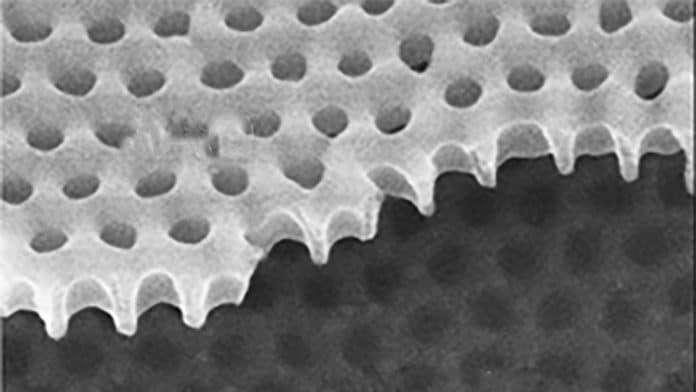Temperature effects on electrical conductance in everyday metals are well understood. But in recent years, a class of materials that don’t seem to follow the traditional electrical rules gathered scientists’ attention.
Understanding such strange metals could offer insights into the quantum world. It could also help in understanding strange phenomena like high-temperature superconductivity.
A new study by the Brown University physicist could lead to deep insights. The team found that the metal exhibits strange metal behavior in a material. In normal metals, electrons carry the electrical charge. But in this strange metal, that charge is carried out by more “wave-like” entities called Cooper pairs.
Cooper pairs act as bosons, which follow very different rules from fermions. This is the first time scientists have observed strange metal behavior in a bosonic system.
According to scientists, “the discovery might help find an explanation for how strange metals work — something that has eluded scientists for decades.”
Jim Valles, a professor of physics at Brown and the study’s corresponding author, said, “We have these two fundamentally different types of particles whose behaviors converge around a mystery. What this says is that any theory to explain strange metal behavior can’t be specific to either type of particle. It needs to be more fundamental than that.”
The strange metal behavior was first discovered in cuprates. Cuprate is a class of materials famous for being high-temperature superconductors. They conduct electricity with zero resistance at temperatures far above normal superconductors.
Cuprates act strangely even at temperatures above the critical temperature for superconductivity, unlike other metals. A temperature rise linearly increases cuprates’ resistance.
Fermi-liquid theory sets a maximum rate at which electron scattering can occur. But strange metals don’t follow the Fermi-liquid rules. And how do they work remains elusive.
Scientists only know about the temperature-resistance relationship in strange metals. It seems to be related to two fundamental constants of nature: Boltzmann’s constant, which represents the energy produced by random thermal motion, and Planck’s constant, which relates to the energy of a photon (a particle of light).
Jim Valles, a professor of physics at Brown and the study’s corresponding author, said, “To try to understand what’s happening in these strange metals, people have applied mathematical approaches similar to those used to understand black holes. So there are some very fundamental physics happening in these materials.”
In 1952, it was found that the electrons in normal superconductors team up to form Cooper pairs. These Cooper pairs can glide through an atomic lattice with no resistance. Plus, they can act as bosons despite being formed by fermions.
Valles said, “Fermion and boson systems usually behave very differently. Unlike individual fermions, bosons are allowed to share the same quantum state, which means they can move collectively like water molecules in the ripples of a wave.”
In this new study, scientists used a cuprate material called yttrium barium copper oxide. The patterned the material with tiny holes that induce the Cooper-pair metallic state. The material was then placed to cool down to just above its superconducting temperature to observe changes in its conductance.
Like strange fermionic metals, they found a Cooper-pair metal conductance that is linear with temperature.
Scientists noted, “This discovery will give theorists something new to chew on as they try to understand strange metal behavior.”
Valles said, “It’s been a challenge for theoreticians to come up with an explanation for what we see in strange metals. Our work shows that if you’re going to model charge transport in strange metals, that model must apply to both fermions and bosons — even though these types of particles follow fundamentally different rules.”
Journal Reference:
- Yang, C., Liu, H., Liu, Y. et al. Signatures of a strange metal in a bosonic system. Nature 601, 205–210 (2022). DOI: 10.1038/s41586-021-04239-y
